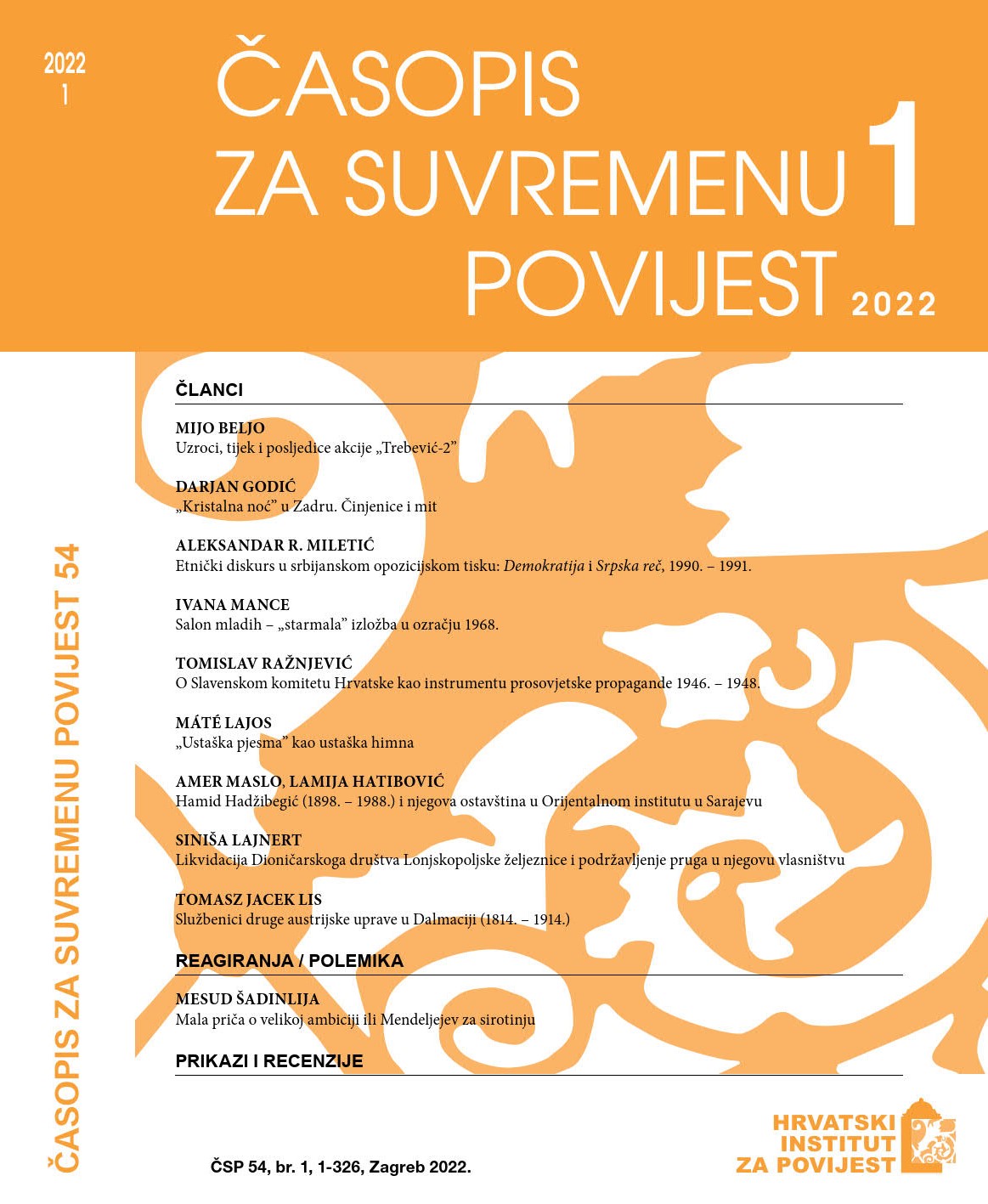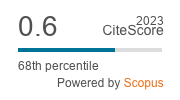The Liquidation of the Lonjsko Polje Railways Joint-Stock Company and the Nationalisation of the Railways Owned by it
DOI:
https://doi.org/10.22586/csp.v54i1.16829Keywords:
vicinal railways; Lonjsko Polje Railways; Dugo Selo–Novska railway; Banova Jaruga–Pakrac railway; State Railways Directorate ZagrebAbstract
Using archival sources, the author of this paper analyses the liquidation process of the Lonjsko Polje Railways joint-stock company and the nationalisation of the railways owned by it after the end of World War I from the aspect of institutional history. The mentioned company was founded on 15 June 1896, and was based in Budapest. The railways owned by the company, Dugo Selo–Novska and Banova Jaruga–Pakrac, were opened for traffic on 29 November 1897. They linked the rich Moslavina with Zagreb, and also served to help relieve the congested and longer Zagreb–Sisak–Novska line. In the Austro-Hungarian Monarchy, the railways of the Lonjsko Polje Railways company were under the jurisdiction of the Management of the Royal Hungarian State Railways in Zagreb. After the end of World War I and the collapse of the Monarchy, the seat of the joint-stock company was transferred from Budapest to Zagreb. After the creation of the State of Slovenes, Croats and Serbs, they came under the jurisdiction of the newly established General Railways Directorate of the State of Slovenes, Croats and Serbs in Zagreb, and then, after the Kingdom of Serbs, Croats and Slovenes was established, under that of the State Railways Directorate in Zagreb. The Lonjsko Polje Railways were sequestered, and the Management Board of the vicinal railways in Zagreb took temporary control of the company in 1920. The sequester was removed, under certain conditions, by the Sequestration Department of the Ministry of Justice on 25 April 1923. After these conditions were met, the company’s assets were returned on 1 October 1923. Following an agreement on 7 February 1931, the state repurchased the railways of the mentioned company, thereby removing the reason for its existence. The Lonjsko Polje Railways joint-stock company entered the liquidation process on 6 June 1932, which ended on 12 April 1933. In 1936, the Lonjsko Polje vicinal railway became state property, but the proprietary relations regarding the Lonjsko Polje Railways were completely resolved only in 1951. From the traffic and commercial standpoint of the Kingdom of Serbs, Croats and Slovenes/Yugoslavia state railways, the Dugo Selo–Novska railway had an exceptional importance because, as in the Austro-Hungarian Monarchy, it was primarily used to relieve the congested Novska–Sisak–Zagreb railway. Both railways were located on the Zagreb–Belgrade route, which was the most important railway route in the country. A double track was built on a part of the Belgrade–Novska railway, while two single-track, but parallel railways led from Novska to Zagreb (Novska–Dugo Selo–Zagreb and Novska–Sisak–Zagreb). In this way, a double railway covering the entire distance from Belgrade to Zagreb was built. Although the Novska–Dugo Selo–Zagreb railway was shorter than the Novska–Sisak–Zagreb railway, its main disadvantage was that it was built as a local railway and was therefore not intended for higher loads or a large amount of traffic. After the railway was reconstructed, it was categorised as a railway of primary importance.
Downloads
Published
How to Cite
Issue
Section
License
Copyright (c) 2022 authors and journal

This work is licensed under a Creative Commons Attribution-NonCommercial 4.0 International License.
Copyright holders are the publisher Croatian Institute of History and the authors. Journal of Contemporary History is an Open Access journal. Users are allowed to read, download, copy, redistribute, print, search and link to material, and alter, transform, or build upon the material, or use them for any other lawful purpose as long as they attribute the source in an appropriate manner according to the Creative Commons licence CC BY-NC. The papers published in Journal of Contemporary History can be deposited and self-archived in the institutional and thematic repositories providing the link to the journal's web pages and HRČAK. Journal does not charge article processing charges (APC). The editors assume no responsibility for statements of fact or opinion made by contributors.




